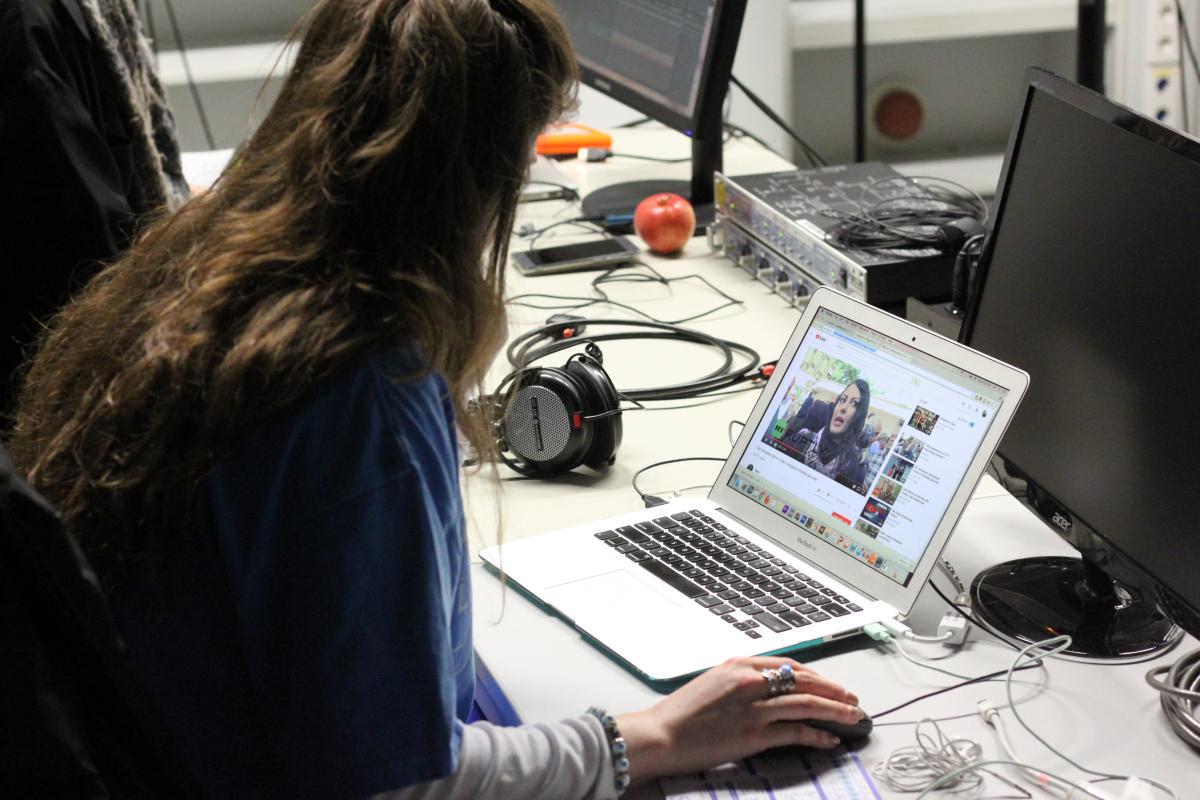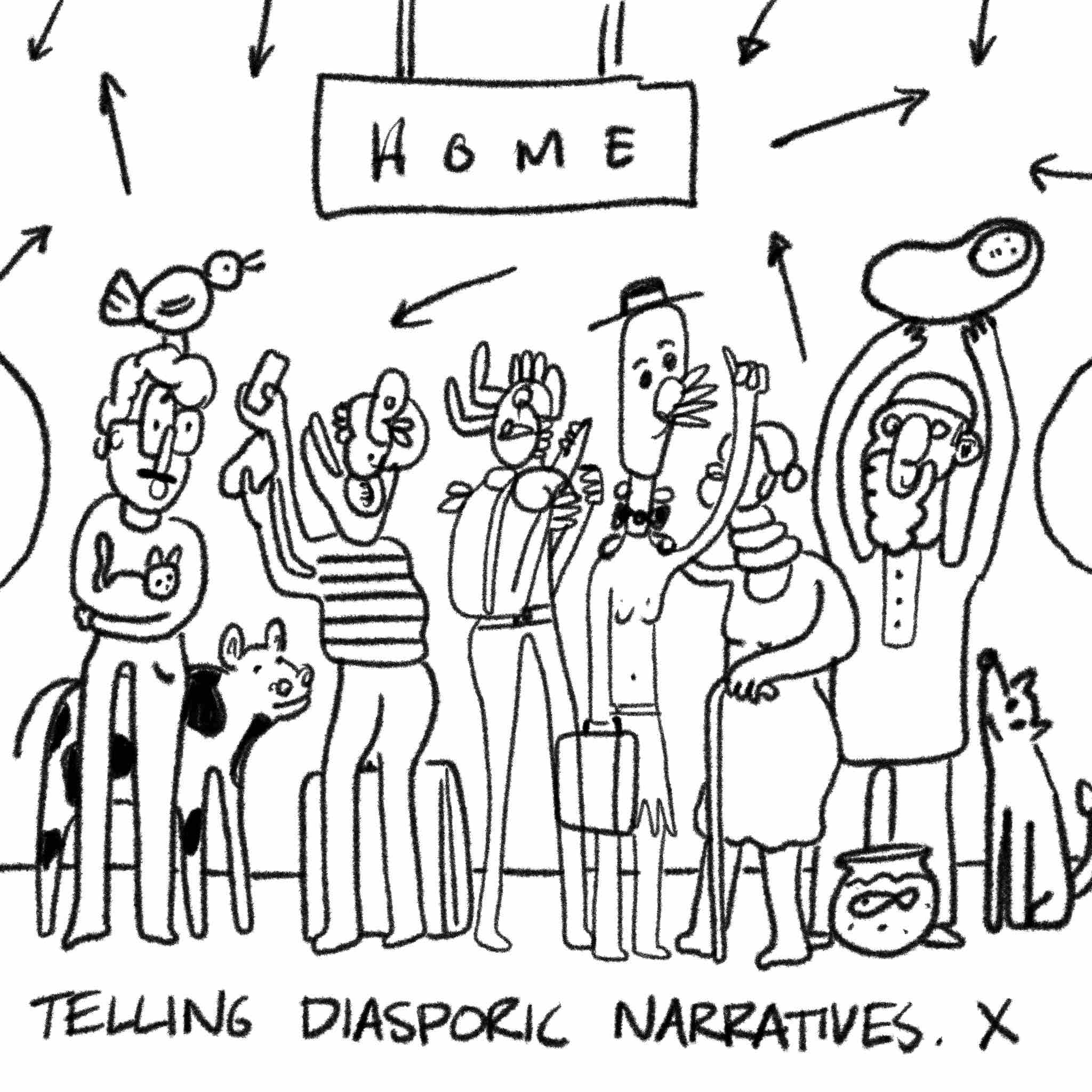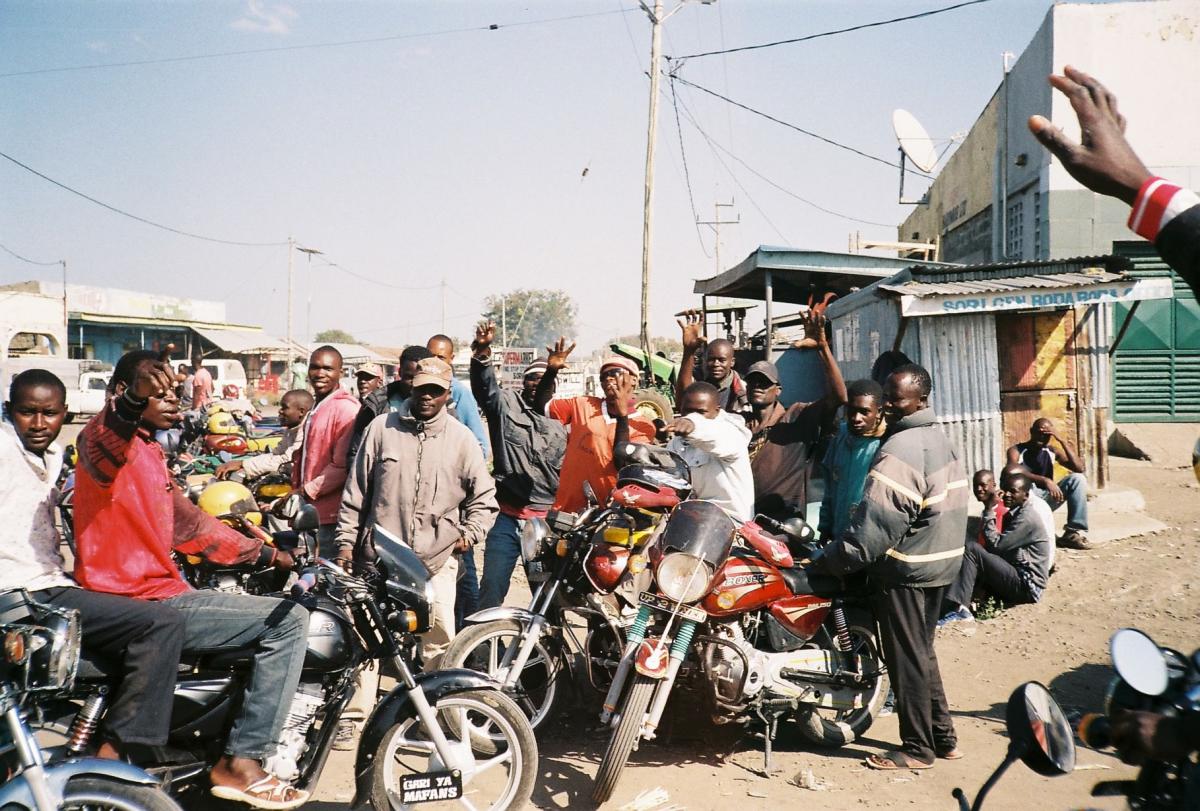
Sampling Stories Vol. 17: Lara Sarkissian
Lara Sarkissian is a young artist from the San Francisco Bay Area. She acts as a DJ, cultural promoter (Club Chai), and producer. Thereby, sampling is not just an ordinary day-to-day producing method. Sarkissian grew up in the Bay area's Armenian diasporic community, thus, for her, sampling is as much about expressing her identity as it is a political tool. Below I discuss five reasons why sampling is so important in the ambient-shaped tracks of the upcoming producer.
1. Gaining Access
Born in an Iranian-Armenian family based in San Francisco, US, Sarkissian is intimately connected with the Armenian diaspora community of the Bay Area. It is this situation of diaspora that makes it especially difficult to get access to traditional instruments or to musicians that could play them well. Sampling gives her the opportunity to nevertheless use these instruments. One of her favorites is the woodwind instrument duduk, but she also uses a range of percussive instruments, such as dhol, or doumbek, or string instruments (including, the qanun, santoor, and kamancha). Listen to this brand-new edit where she samples a duduk recording by Djivan Gasparyan (from 0:45). Sneak preview: the same sample will appear – in a much more chopped up form – in some of her future tracks.
2. Cultural Anchoring
For Sarkissian, sampling is a personal way to anchor herself to a culture in which she feels she belongs. Despite growing up in the Bay area, Sarkissian attended an Armenian elementary school for ten years where she has learned a lot about Armenian history, music, and literature. It is also striking that she uses a lot of religious material such as liturgical vocals in her tracks or pictures from sacral spaces for the presentation of the latter. Religion – Armenians are predominantly part of one of the oldest Christian churches – means home to her, tradition; it brings back memories from childhood. Religion has been especially important since the passing of her grandmother a few years ago, as she has regained strength in these sounds and places. Listen to this track where she has sampled Armenian sharakan vocals – a melismatic monophonic chant – personally recorded at a service at the Geghard Monastery in Central Armenia.
3. Archiving
When asking about her motivations and intentions behind sampling, she immediately mentions the act of archiving. She thus understands sampling as a way of setting up an archive of the rich Armenian culture. By remixing poems from famous Armenian poets or snippets from movies by Armenian directors, Sarkissian makes sure that these cultural artifacts are not forgotten and spread among a presumably mainly non-Armenian audience. It is this activism against forgetting that characterizes Armenian diasporic communities around the world. After more then one hundred years they are still fighting for full recognition of the systematic extermination of 1.5 million Armenians by the Ottoman empire as a genocide. Listen here to a track that is based around a sample from «ԱՊՐԷ», one of the most famous poems by Armenian poet Paruyr Sevak (read more about the track here).
4. Shifting Boundaries
Besides the duduk (see above), voices are Sarkissian's second sampling obsession. In almost all of her tracks one can find voices or the leftovers of vocal utterance. It is the rich and diversified texture that attracts her to sample this material. Often, she heavily manipulates it. She duplicates the samples on several tracks within the Ableton project, chops them into pieces and lays different effects on the different tracks. Obviously, it is not about keeping the samples audible for the listener. It is about something else: through manipulating male or female voices, the boundaries of gender are shifted; the gender of the speaking voice is not recognizable any more. Sampling allows her to sketch a new world where those boundaries are no longer of any importance. One can hear this strategy for example in this recent collaboration with San Francisco-based electronic producer Nihar where Sarkissian has sampled Armenian singer Ofelya Hambardzumyan.
5. Political Commentary
Last but not least, Sarkissian touches on political topics through sampling and uses the production method for commenting on political and societal subjects. In the ISM Hexadome installation piece, for example, she processes a sample from a YouTube video (she predominantly digs her samples on the video platform) from a protest march of the Armenian diasporic community in Teheran, Iran, on the occasion of the anniversary of the Armenian genocide in 2016. Another example would be the following track. In «kenats» she samples an Armenian home keyboarder which reminded her of typical music played at Armenian family parties or weddings, traditionally performed by men. By thus taking this explicitly masculine sound, transforming it into a very non-traditional setting and literally remixing it as a woman she deconstructs traditional gender roles.
Diasporic Narratives
We might have missed a lot in this brief overview on the sampling strategies of electronic producer Lara Sarkissian. For example, sampling allows her to also set up atmospheres and design sonic spaces. But it became obvious that through these highly hybrid tracks and the production method of sampling, Sarkissian is able to tell diasporic narratives: narratives about her own identity, having grown-up in the Armenian diaspora of San Francisco, US, and the surrounding Bay Area.
This article has been written on the basis of several interviews via email and Skype and personal meetings during Sarkissian's artist residency for the ISM Hexadome project at ZKM Karlsruhe between 20.3.2018 and 5.4.2018. This article has been published in the context of the PhD research on sampling in experimental electronic music by Hannes Liechti. For more info click here.
Biography
Links
Published on April 18, 2018
Last updated on April 10, 2024
Topics
A form of attachement beyond categories like home or nation but to people, feelings, or sounds across the globe.
Does the global appropriation of kuduro exploit or reshape the identity of Angolans? How are «local» music genres like guayla sustained outside of Eritrea?
Why is a female Black Brazilian MC from a favela frightening the middle class? Is the reggaeton dance «perreo» misogynist or a symbol of female empowerment?
About Tunisian rappers risking their life to criticize politics and musicians affirming 21st century misery in order to push it into its dissolution.
Sampling is political: about the use of chicken clucks or bomb sounds in current music.
Special
Snap



